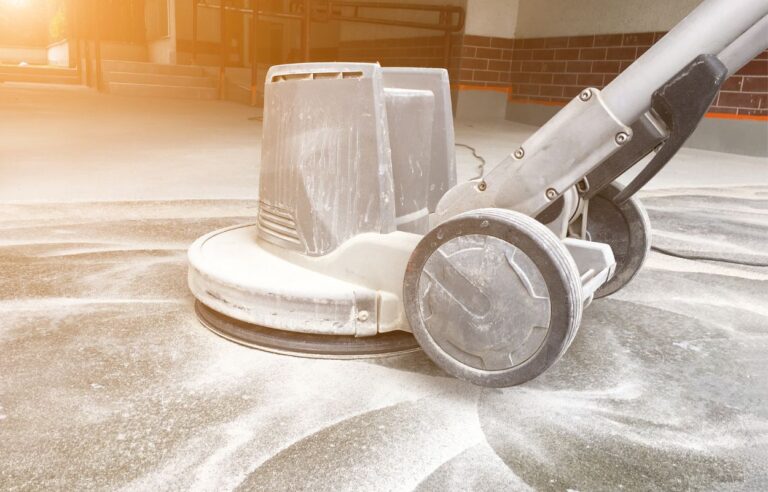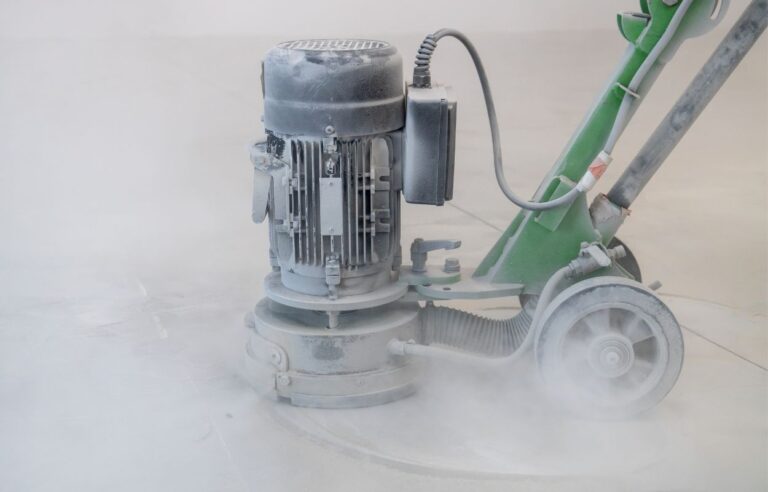
Preserving historical buildings is a vital task, as it allows us to maintain our cultural heritage for future generations. However, there are instances when a historical structure reaches the end of its lifespan or requires extensive renovation. In such cases, deconstruction becomes necessary to ensure the conservation of valuable materials and historical significance. This blog post explores the best deconstruction practices for historical buildings and emphasizes the importance of hiring professional deconstruction services.
UNDERSTANDING THE SIGNIFICANCE OF HISTORICAL BUILDINGS
Before undertaking any deconstruction project, historical or otherwise, it is essential to comprehend the historical value of the building in question. Historical structures are often rich with architectural and cultural significance, representing the heritage and identity of a community. By deconstructing with care, we can preserve the essence of the past while paving the way for new and sometimes safer developments.
ASSESSING THE STRUCTURAL INTEGRITY
A crucial aspect of historical building deconstruction is evaluating the structural integrity. Professionals equipped with the right expertise can thoroughly assess the building’s condition to determine potential hazards and the best approach for deconstruction. This ensures safety and minimizes the risk of damage during the process.
SALVAGING VALUABLE MATERIALS
One of the primary reasons to opt for deconstruction instead of demolition is the opportunity to salvage valuable materials. Historical buildings often contain rare and antique elements that can be repurposed or reused in new construction projects. Hiring professional deconstruction services ensures that these materials are carefully salvaged, contributing to sustainable practices.
PAYING ATTENTION TO HAZARDOUS MATERIALS
During the deconstruction of historical buildings, it is crucial to handle hazardous materials (HAZMAT) with utmost care and expertise. HAZMAT materials can include asbestos, lead-based paints, and other toxic substances commonly found in older structures. Hiring professional deconstruction services becomes even more critical in these situations as they possess the necessary knowledge and training to identify and safely manage HAZMAT materials. These professionals use specialized equipment and adhere to strict safety protocols to prevent exposure to harmful elements. By entrusting the task to experts, we not only protect the workers but also ensure the responsible removal and disposal of HAZMAT, mitigating any potential harm to the environment and the surrounding community.
IMPLEMENTING ENVIRONMENTALLY RESPONSIBLE PRACTICES
Deconstructing historical buildings in an environmentally responsible manner is of utmost importance. Professionals are well-versed in sustainable practices, recycling and reusing materials, reducing waste, and minimizing the overall environmental impact. By employing eco-friendly approaches, we can take a step towards a greener future.
MITIGATING DAMAGE TO HISTORICAL ARTIFACTS
Many historical buildings house valuable artifacts and decorative elements that need special attention during deconstruction. Professional deconstruction services have experience in handling delicate objects and ensuring their preservation. This level of expertise guarantees that no historical artifacts are lost or damaged in the process.
ADHERING TO LEGAL AND SAFETY REGULATIONS
Deconstructing historical buildings involves navigating through legal and safety regulations. Hiring a professional ensures compliance with local laws, permits, and safety protocols. This prevents potential legal issues and ensures the protection of workers and the public throughout the project.
Preserving the legacy of historical buildings through responsible deconstruction practices is crucial for maintaining our cultural heritage. Hiring professional deconstruction services not only guarantees the safety of the process but also ensures the salvage and proper handling of valuable materials and artifacts. By adopting environmentally friendly approaches, we can contribute to a sustainable future while honoring the past. Remember, when considering deconstruction for a historical building, always opt for professionals with expertise and experience in handling such delicate projects. With their assistance, we can protect our history while making way for a brighter tomorrow.





